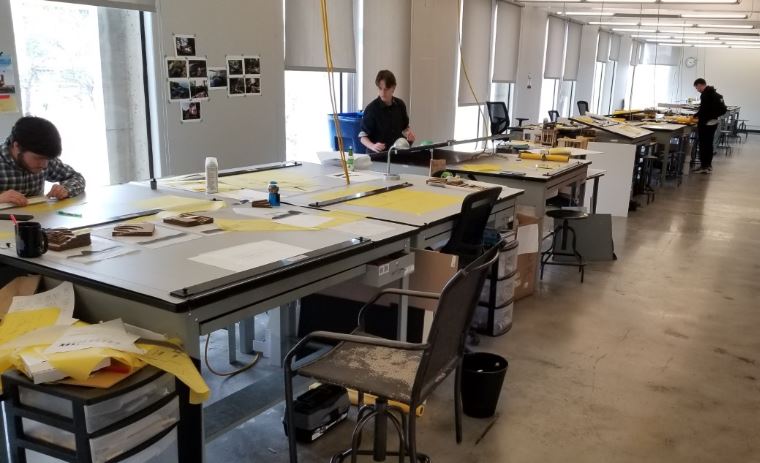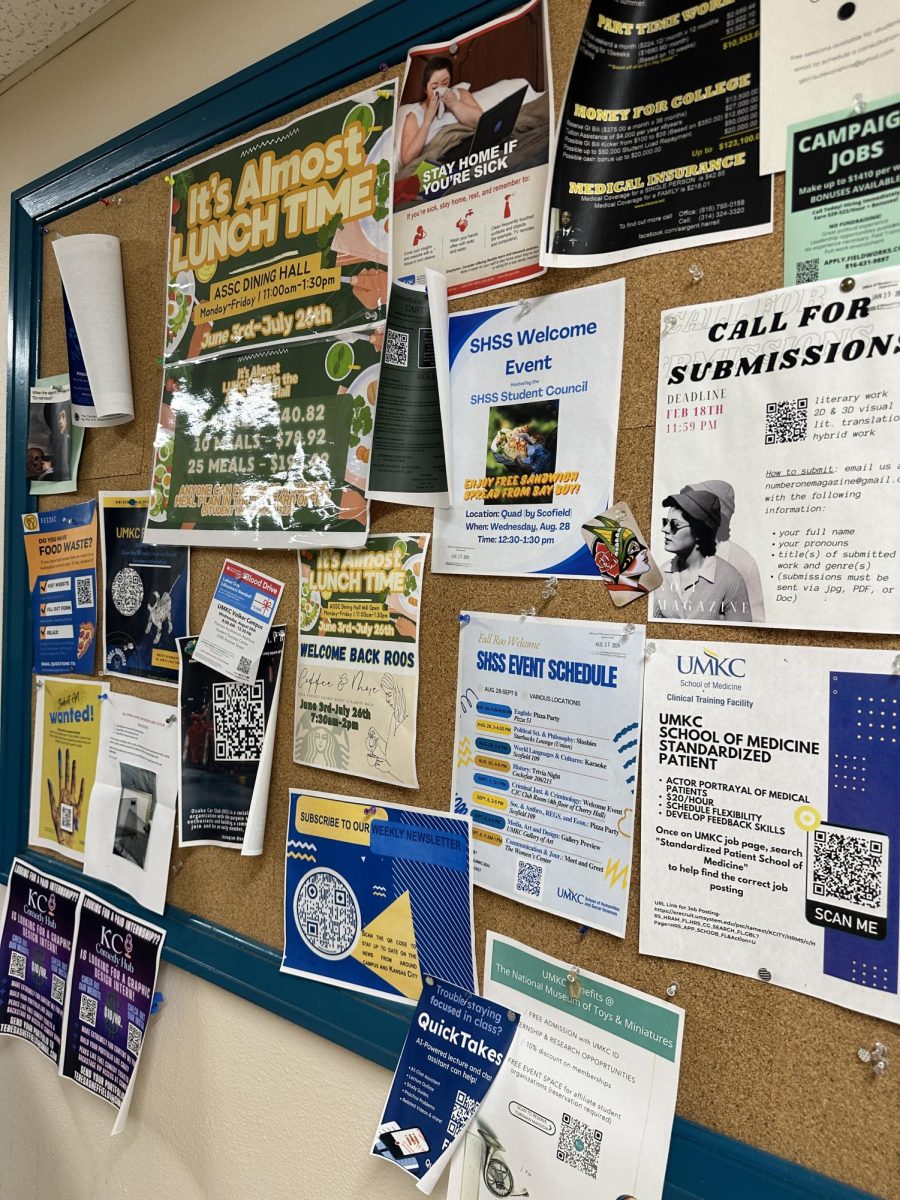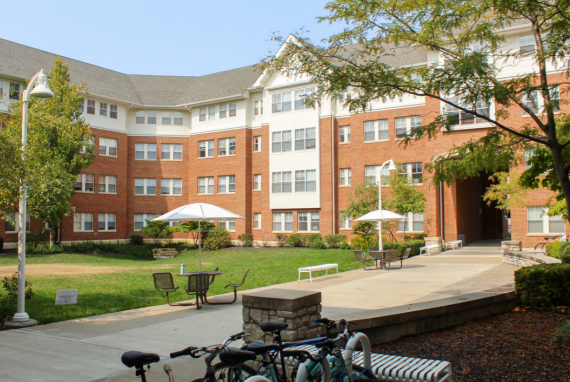Maps of cities and colorful graphs shared wall space with memes and pictures of food nicknames in the industrial studio where Jared Islas and his colleagues met. These are the seniors of the Urban Planning and Design program, and their task is to collaborate with the City of Blue Springs on a real-world project.
“We’re working with actual city planners and actual people who do this for their job,” said Islas. Islas recently earned the Transportation Undergraduate Research Fellowship, a competitive internship which led to him working last summer in Portland, Oregon, researching subjects on the future of how citizens will move within a city. Each student in the program is required to do an internship prior to graduation.
Urban Planning and Design is one of three degrees offered by the department, along with a five-year Professional Architecture degree done in collaboration with Kansas State University and an Urban Studies liberal arts degree, which serves as an option for people interested in working for a city or as a pre-professional program before pursuing public-health or law.
“Students graduate with a portfolio of projects,” said Dr. Michael Frisch, associate professor and chair of the Architecture, Urban Planning and Design Department. These projects are real-world proposals and developments, in which students work with professionals in the field.
“It sets us up well for actually working in the real world,” said Islas.
“The last couple of years the economy has been really good, we’ve had 100% placement, either in grad school or in a professional planning job,” said Frisch. This fact was a point of pride for Frisch, and his enthusiasm was evident throughout his description of the programs offered by the department.
During their time in the program, students become quite familiar with work in a design studio. According to Frisch, the studio is key to a student’s success.
Each student in the department has their own studio space. It is a home-away-from-home for many students in the department and the area where they are able to work, draw, collaborate and ask questions to professors who are each experienced professionals in the field.
As for time, students in the program spend a lot of it in the studio. They each have 24-hour access to the area.
“The studio classes, at least in Urban Planning and Design, are four credit hours, but they meet for nine hours a week,” said Frisch. “The disadvantage to that is that you have 24-hour access to doing your work. Of course, no one has 24 hours to do work. And the problem is, in design, you can always, you know, put a little more time into a project.”
Because of this, a significant focus of the program is developing the design process, learning to communicate ideas effectively, creating a project so it speaks for itself and knowing when a job is done.
Much of the studio time initially is spent hand drawing and studying structures and area maps. Artistic ability plays a surprising role in Architecture, Urban Planning, and Design.
“I think it’s really important for planners to have a sense of the built environment,” said Frisch, “and you get that through representation of the built environment.” He then clarified that students are not expected to have prior drawing or artistic experience upon beginning one of the department’s programs.
As a department and a field of study, the Architecture, Urban Planning, and Design Programs exist at the border of seemingly opposing perspectives. On the one hand, art and creativity are at the forefront, evidenced by the students’ sketches covering the walls of the department’s entryway. However, the programs are also highly technical, relying on data and statistics, as well as the mathematics of time and expenses available to a given project.
The work calls for individuals with vision and strong will to conceive of and present proposals for projects. But, an architect, designer and planner will nearly always be a member of a team and working for a client. Students within the department need to be forward thinking, considering the future needs and concerns of individuals and cities, while also working with what came before and respecting the history of communities.
Even with all these considerations, the students of the Architecture, Urban Planning and Design programs have shown they are capable of handling the demands.
ltmtz4@mail.umkc.edu








